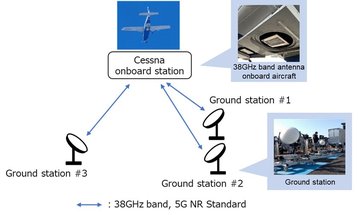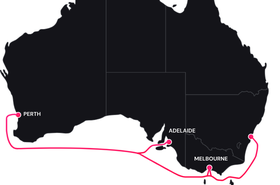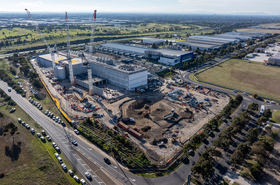Japanese telco NTT and its partners have constructed a trial of a high-altitude antenna to provide 5G connectivity.
SKY Perfect JSAT Corporation, NTT Docomo, the National Institute of Information and Communications Technology (NICT), and Panasonic Holdings Corporation jointly announced this week a successful high-altitude 5G communication verification test.
The test was in the 38GHz band from an altitude of approximately 4km using a small Cessna aircraft operated by Kyoritsu Air Survey Co., Ltd. simulating the eventual use of High-Altitude Platform Stations (HAPS).
HAPS – whether they be airships, balloons, or fixed-wing drones – offer a way to provide connectivity to rural and unconnected areas from high altitudes without the upfront costs of cell towers or satellites or the need for specialist receivers.
This trial, aiming to demonstrate the practical application of a 5G feeder link and backhaul line for HAPS, saw the aircraft equipped with newly developed communication equipment expected to be deployed eventually in HAPS.
The trial established an aerial relay backhaul line between the Cessna aircraft, flying at an altitude of approximately 4km, and three ground stations, using the 5G New Radio (NR) standard5 with 38GHz band radio waves.
Other players in the HAPS space include BAE, Airbus, Avealto, Stratospheric Platforms, Mira, and Sceye.







